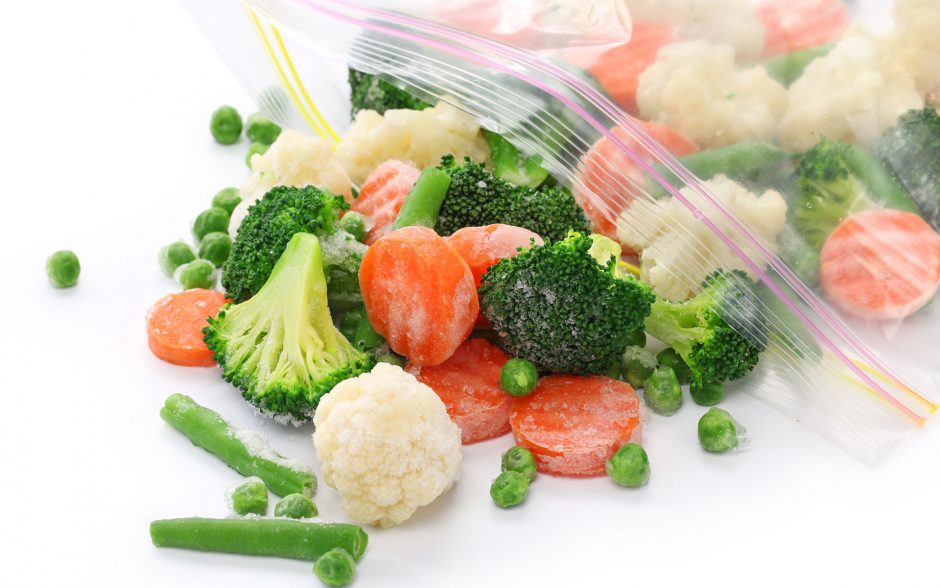Perk Up with 6 Tasteful Malaysian Drinks
Lighten your mood and rejuvenate your senses with 6 must-try Malaysian drinks!
Discover the authentic in Asian cuisine food

While most of us may prefer fresh produce, frozen vegetables are actually just as good. Research from the University of Georgia, as well as a 2015 study from the University of California Davis, found no significant difference in nutrient content between fresh and frozen produce. This is because vegetables are flash-frozen at peak ripeness, specifically for longer storage. Fresh produce kept in your fridge is best cooked within 5 days, but frozen veggies can be stored for up to 8 months and still retain their texture, flavour and nutrients. They’re also much easier to prep for cooking – perfect for quick and tasty weekday meals.
But wait, do you have memories of soggy, mushy messes in your plate, cooked from the very same frozen veggies? Well, here are some simple tips to avoid exactly that.
When browsing at the freezer aisle, give your chosen bag a few light squeezes. If the veggies are clumped together, they’ve been thawed and refrozen along the journey to the store; which can cause dehydration, affecting their firmness, colour and nutrient content. In the original flash-frozen state, however, you can feel the individual pieces through the bag – these are the best you should grab.
Frozen veggies can be stored for months in the fridge. But an unsealed bag can cause freezer burn and oxidation that affects the nutritional value, texture and colour of the veggies. Although still safe to eat, they’re certainly far less tasty. So always be sure to seal and store properly.
Frozen veggies can be cooked straight from the fridge. In fact, thawing first causes them to turn mushy, losing their firm texture as they lose moisture. This is true for most frozen veggie types, except corn on the cob and leafy greens – partially thawing these will ensure they can be cooked evenly. However, some recipes do need thawed veggies for the best result. In general, if you’re making something hot like stir-fry, soup or stew, just toss them in. If you’re having a raw salad dish, and something dry like pizza, thaw and drain your veggies first.
Soups, stews, stir-fries and other multi-ingredient dishes are the best dishes for frozen veggies. Extra pro-tip: for consistent taste and texture, avoid mixing fresh veggies with frozen ones when cooking.
Frozen veggies cook much faster, so always add them later to a dish than you would for fresh veggies. For example, when cooking soups and stews, put them in during the final minutes without thawing. Similarly, for stir-fries, cook the other ingredients and toss in the frozen veggies last (without thawing). Generally, vegetables in smaller pieces like beans, peas and sliced carrots need less time to cook, while larger types like frozen potato or pumpkin chunks need a little longer.
You can also use your microwave: cook your frozen veggies at 1-minute intervals for about 4-6 minutes. Poke them with a fork to ensure consistent firmness during each interval, and cook till well-done. This preserves the veggie’s crunchiness and original flavours akin to boiling them without oil. For more tender veggies, add just a little bit of water; then follow the same 1-minute intervals formula.

Lighten your mood and rejuvenate your senses with 6 must-try Malaysian drinks!

Pair your hearty barbecues with these refreshing Asian delights!

What are the properties of ginger, and how to pick, store and use ginger in your cooking? Find out here!